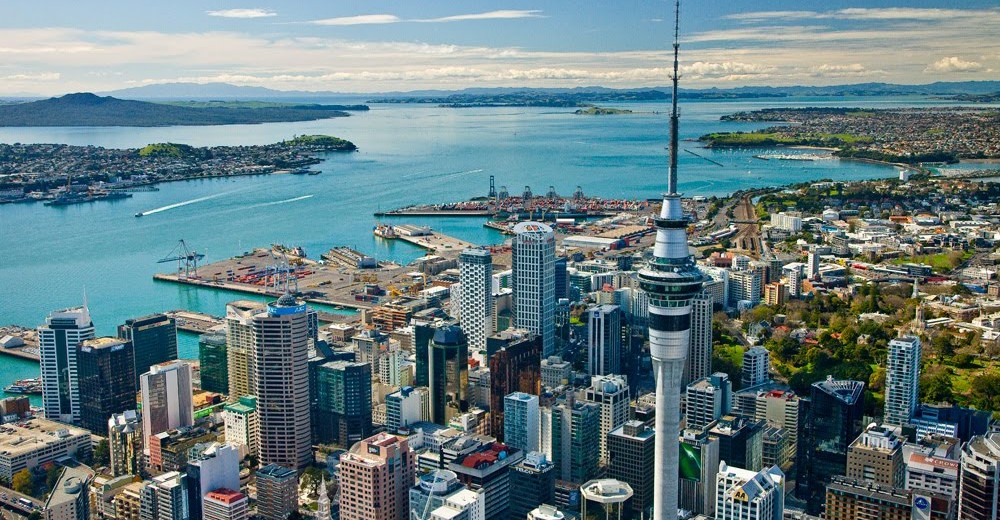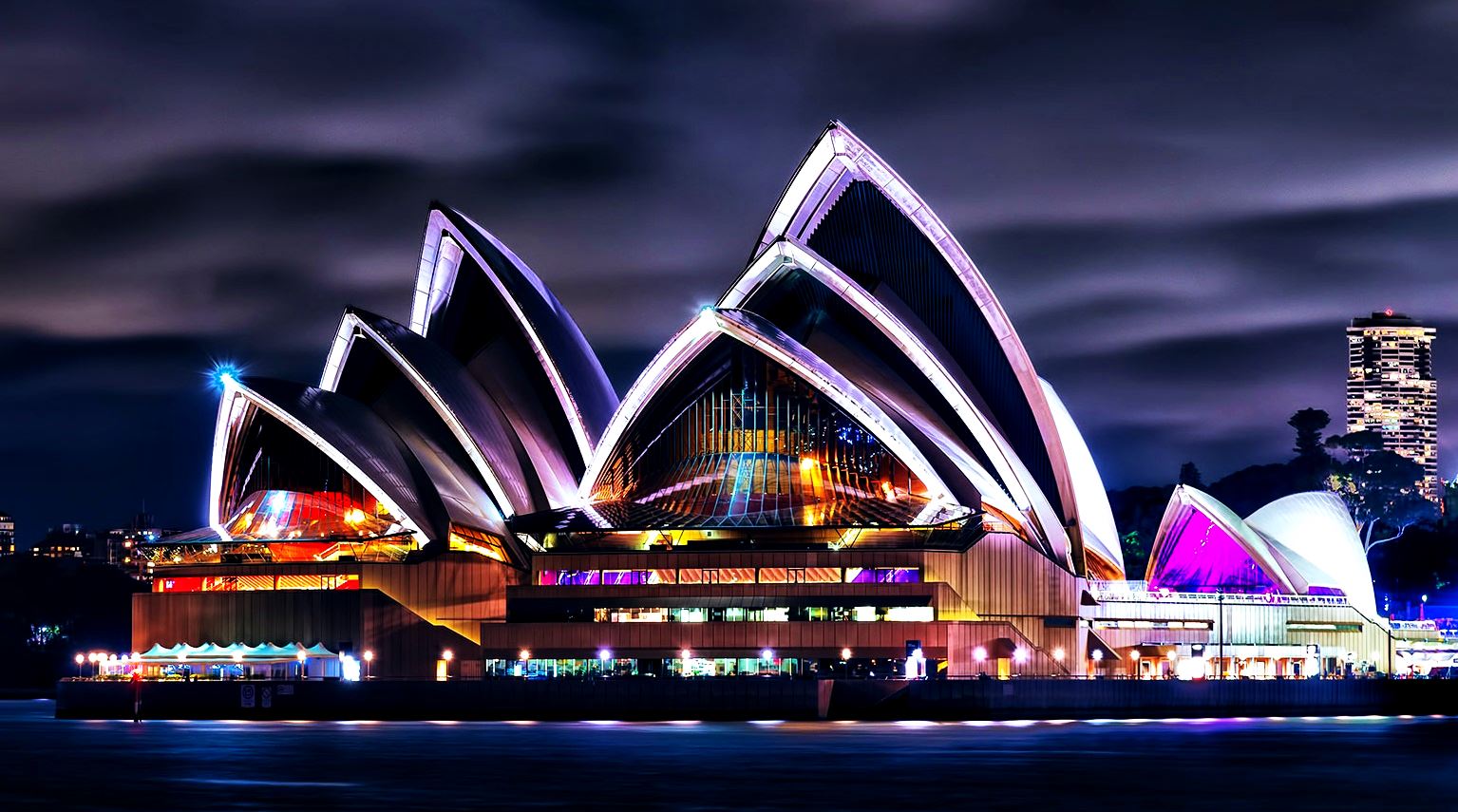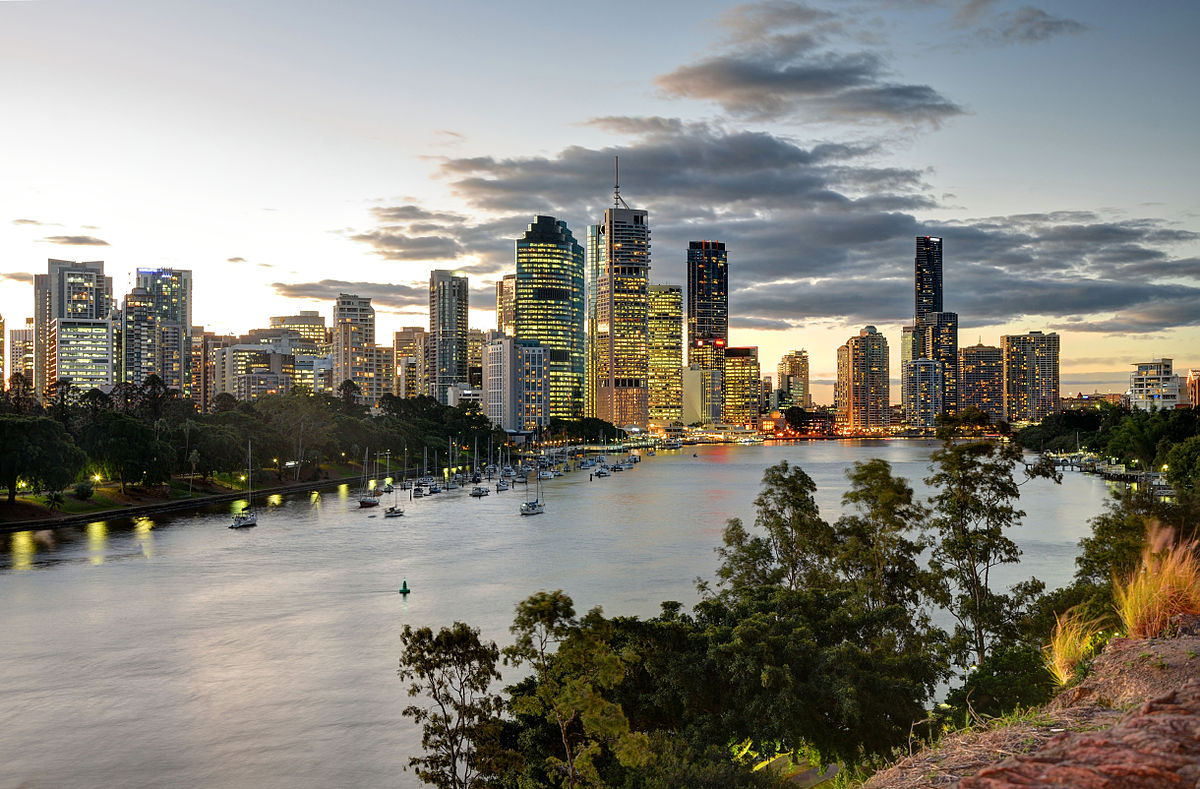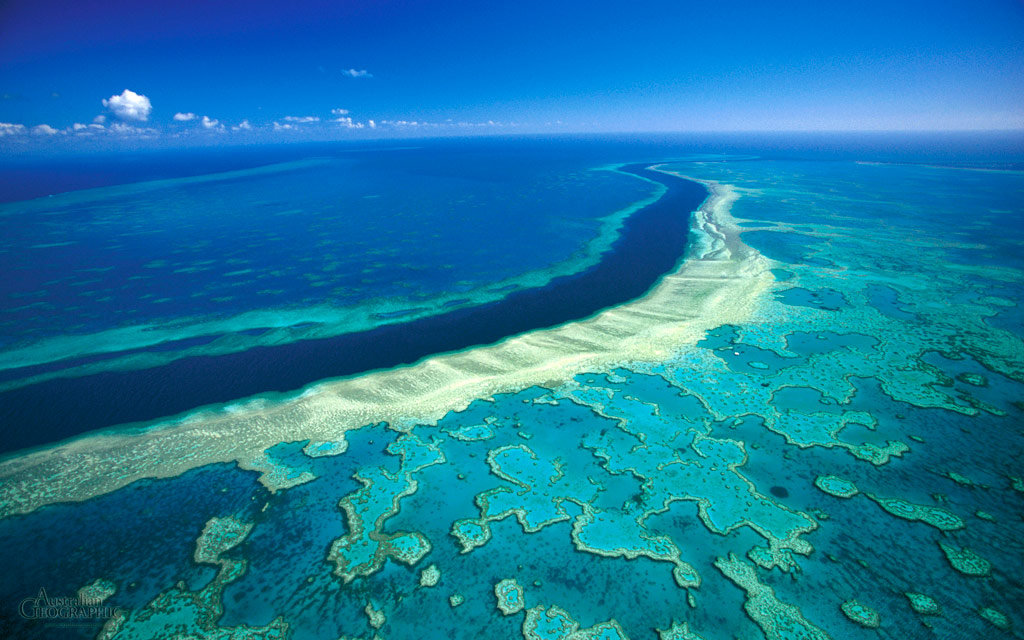

| Cruise Region : Australia / New Zealand |
| Company Category : Luxury |
| Company name : Regent Seven Seas Cruises |
| Ship name : Seven Seas Voyager |
| Journey Start Date : Tue 21 Jan 2020 |
| Journey End Date : Wed 12 Feb 2020 |
| Port start : Auckland / New Zealand |
| Port end : Bali / Indonesia |
| Count Nights : 22 nights |
| Day | Port | Date | Arrival | Departure |
|---|---|---|---|---|
| 1 | Auckland / New Zealand | Tue 21 Jan | 19:00 | |
| 2 | Toranga / New Zealand | Wed 22 Jan | 07:00 | 17:00 |
| 3 | Gisborn / New Zealand | Thu 23 Jan | 08:00 | 19:00 |
| 4 | Нейпир / New Zealand | Fri 24 Jan | 08:00 | 18:00 |
| 5 | Wellington / New Zealand | Sat 25 Jan | 09:00 | 19:00 |
| 6 | Nelson / New Zealand | Sun 26 Jan | 07:00 | 16:00 |
| 7 | Day at sea / Sea | Mon 27 Jan | ||
| 8 | Day at sea / Sea | Tue 28 Jan | ||
| 9 | Newcastle / Great Britain | Wed 29 Jan | 12:00 | 23:00 |
| 10 | Sydney / Australia | Thu 30 Jan | 08:00 | 20:00 |
| 11 | Day at sea / Sea | Fri 31 Jan | ||
| 12 | Brisbane / Australia | Sat 01 Feb | 08:00 | 19:00 |
| 13 | Day at sea / Sea | Sun 02 Feb | ||
| 14 | Great Barrier Reef (Arleigh Beach) / Australia | Mon 03 Feb | 07:00 | 15:00 |
| 15 | Cairns / Australia | Tue 04 Feb | 10:00 | 20:00 |
| 16 | Great Barrier Reef (Arleigh Beach) / Australia | Wed 05 Feb | 07:00 | 16:00 |
| 17 | Day at sea / Sea | Thu 06 Feb | ||
| 18 | Day at sea / Sea | Fri 07 Feb | ||
| 19 | Darwin / Australia | Sat 08 Feb | 08:00 | 17:00 |
| 20 | Day at sea / Sea | Sun 09 Feb | ||
| 21 | Chest of drawers / Indonesia | Mon 10 Feb | 10:00 | 18:00 |
| 22 | Bali / Indonesia | Tue 11 Feb | 12:00 | |
| 23 | Bali / Indonesia | Wed 12 Feb |




Napier is a New Zealand city with a seaport, located in Hawke's Bay on the eastern coast of the North Island. The population of Napier is about 63,900 as of the June 2018. About 18 kilometres (11 mi) south of Napier is the inland city of Hastings. These two neighbouring cities are often called "The Bay Cities" or "The Twin Cities" of New Zealand. The total population of the Napier-Hastings Urban Area is 134,500 people, which makes it the sixth-largest urban area in New Zealand, closely followed by Dunedin (122,000), and trailing Tauranga(141,600).
Napier is about 320 kilometres (200 mi) northeast of the capital city of Wellington. Napier (63,900) has a smaller population than its neighbouring city of Hastings (70,600) but is seen as the main centre due to it being closer in distance to both the seaport and the main airport that service Hawke's Bay, and Hastings' population figure includes 13,000 people living in Havelock North, which is often considered a town in its own right. The City of Napier has a land area of 106 square kilometres (41 sq mi) and a population density of 540.0 per square kilometre.
Napier is the nexus of the largest wool centre in the Southern Hemisphere, and it has the primary export seaport for northeastern New Zealand – which is the largest producer of apples, pears, and stone fruit in New Zealand. Napier has also become an important grape and wine production area, with the grapes grown around Hastings and Napier being sent through the Port of Napier for export. Large amounts of sheep's wool, frozen meat, wood pulp, and timber also pass through Napier annually for export. Smaller amounts of these materials are shipped via road and railway to the large metropolitan areas of New Zealand itself, such as Auckland, Wellington and Hamilton.
Napier is a popular tourist city, with a unique concentration of 1930s Art Deco architecture, built after much of the city was razed in the 1931 Hawke's Bay earthquake. It also has one of the most photographed tourist attractions in the country, a statue on Marine Parade called Pania of the Reef. Thousands of people flock to Napier every February for the Tremains Art Deco Weekend event, a celebration of its Art Deco heritage and history. Other notable tourist events attracting many outsiders to the region annually include F.A.W.C! Food and Wine Classic events, and the Mission Estate Concert at Mission Estate and Winery in the suburb of Taradale.






Sydney is the state capital of New South Wales and the most populous city in Australiaand Oceania. Located on Australia's east coast, the metropolis surrounds Port Jackson and extends about 70 km (43.5 mi) on its periphery towards the Blue Mountains to the west, Hawkesbury to the north, and Macarthur to the south. Sydney is made up of 658 suburbs, 40 local government areas and 15 contiguous regions. Residents of the city are known as "Sydneysiders". As of June 2017, Sydney's estimated metropolitan population was 5,131,326, and is home to approximately 65% of the state's population.


Брисбен — яркая столица штата Квинсленд в Австралии. Третий, по численности населения, город в стране. Город известен своими многочисленными парками, бизнес-центрами, а так же организацией различных семинаров, выставок и конференций. Местной достопримечательностью является Ботанический сад, который вмещает более 2000 видов растений. Интерес гостей города вызывают так же: военно-морской музей, заповедник «Лоун Пайн Коала» и планетарий «Сэра Томаса Брисбена», Городскую ратушу и площадь Кинг Джордж, и, конечно же, известны брисбенский мост.


The Great Barrier Reef is the world's largest coral reef system composed of over 2,900 individual reefs and 900 islands stretching for over 2,300 kilometres (1,400 mi) over an area of approximately 344,400 square kilometres (133,000 sq mi). The reef is located in the Coral Sea, off the coast of Queensland, Australia. The Great Barrier Reef can be seen from outer space and is the world's biggest single structure made by living organisms. This reef structure is composed of and built by billions of tiny organisms, known as coral polyps. It supports a wide diversity of life and was selected as a World Heritage Site in 1981. CNN labelled it one of the seven natural wonders of the world.The Queensland National Trust named it a state icon of Queensland.

Cairns City is the suburb at the centre of Cairns in the local government area of Cairns Region, Queensland, Australia.It can also be referred to as the Cairns Central Business District (CBD). In the 2011 census, the population of Cairns City was 2,737 people.

The Great Barrier Reef is the world's largest coral reef system composed of over 2,900 individual reefs and 900 islands stretching for over 2,300 kilometres (1,400 mi) over an area of approximately 344,400 square kilometres (133,000 sq mi). The reef is located in the Coral Sea, off the coast of Queensland, Australia. The Great Barrier Reef can be seen from outer space and is the world's biggest single structure made by living organisms. This reef structure is composed of and built by billions of tiny organisms, known as coral polyps. It supports a wide diversity of life and was selected as a World Heritage Site in 1981. CNN labelled it one of the seven natural wonders of the world.The Queensland National Trust named it a state icon of Queensland.



Darwin is the capital city of the Northern Territory of Australia, situated on the Timor Sea. It is the largest city in the sparsely populated Northern Territory, with a population of 145,916. It is the smallest and most northerly of the Australian capital cities, and acts as the Top End's regional centre.


Komodo is one of the 17,508 islands that comprise the Republic of Indonesia. The island is particularly notable as the habitat of the Komodo dragon, the largest lizard on Earth, which is named after the island. Komodo Island has a surface area of 390 square kilometres and a human population of over two thousand. The people of the island are descendants of former convicts who were exiled to the island and who have mixed with Bugis from Sulawesi. The people are primarily adherents of Islam but there are also Christian and Hindu congregations.
Komodo is part of the Lesser Sunda chain of islands and forms part of the Komodo National Park. In addition, the island is a popular destination for diving. Administratively, it is part of the East Nusa Tenggara province.

Bali is a province of Indonesia and the westernmost of the Lesser Sunda Islands. Located east of Java and west of Lombok, the province includes the island of Bali and a few smaller neighbouring islands, notably Nusa Penida, Nusa Lembongan, and Nusa Ceningan. The provincial capital, Denpasar, is the most populous city in the Lesser Sunda Islands and the second largest, after Makassar, in Eastern Indonesia. Bali is the only Hindu-majority province in Indonesia, with 83.5% of the population adhering to Balinese Hinduism.
Bali is Indonesia's main tourist destination, which has seen a significant rise in tourists since the 1980s. Tourism-related business makes up 80% of its economy. It is renowned for its highly developed arts, including traditional and modern dance, sculpture, painting, leather, metalworking, and music. The Indonesian International Film Festival is held every year in Bali. In March 2017, TripAdvisor named Bali as the world's top destination in its Traveller's Choice award.
Bali is part of the Coral Triangle, the area with the highest biodiversity of marine species. In this area alone, over 500 reef-building coral species can be found. For comparison, this is about seven times as many as in the entire Caribbean. Most recently, Bali was the host of the Miss World 2013 and 2018 Annual Meetings of the International Monetary Fund and the World Bank Group. Bali is the home of the Subak irrigation system, a UNESCO World Heritage Site. It is also home to a unified confederation of kingdoms composed of 10 traditional royal Balinese houses, each house ruling a specific geographic area. The confederation is the successor of the Bali Kingdom. The royal houses are not recognised by the government of Indonesia; however, they originated before Dutch colonisation.

Bali is a province of Indonesia and the westernmost of the Lesser Sunda Islands. Located east of Java and west of Lombok, the province includes the island of Bali and a few smaller neighbouring islands, notably Nusa Penida, Nusa Lembongan, and Nusa Ceningan. The provincial capital, Denpasar, is the most populous city in the Lesser Sunda Islands and the second largest, after Makassar, in Eastern Indonesia. Bali is the only Hindu-majority province in Indonesia, with 83.5% of the population adhering to Balinese Hinduism.
Bali is Indonesia's main tourist destination, which has seen a significant rise in tourists since the 1980s. Tourism-related business makes up 80% of its economy. It is renowned for its highly developed arts, including traditional and modern dance, sculpture, painting, leather, metalworking, and music. The Indonesian International Film Festival is held every year in Bali. In March 2017, TripAdvisor named Bali as the world's top destination in its Traveller's Choice award.
Bali is part of the Coral Triangle, the area with the highest biodiversity of marine species. In this area alone, over 500 reef-building coral species can be found. For comparison, this is about seven times as many as in the entire Caribbean. Most recently, Bali was the host of the Miss World 2013 and 2018 Annual Meetings of the International Monetary Fund and the World Bank Group. Bali is the home of the Subak irrigation system, a UNESCO World Heritage Site. It is also home to a unified confederation of kingdoms composed of 10 traditional royal Balinese houses, each house ruling a specific geographic area. The confederation is the successor of the Bali Kingdom. The royal houses are not recognised by the government of Indonesia; however, they originated before Dutch colonisation.